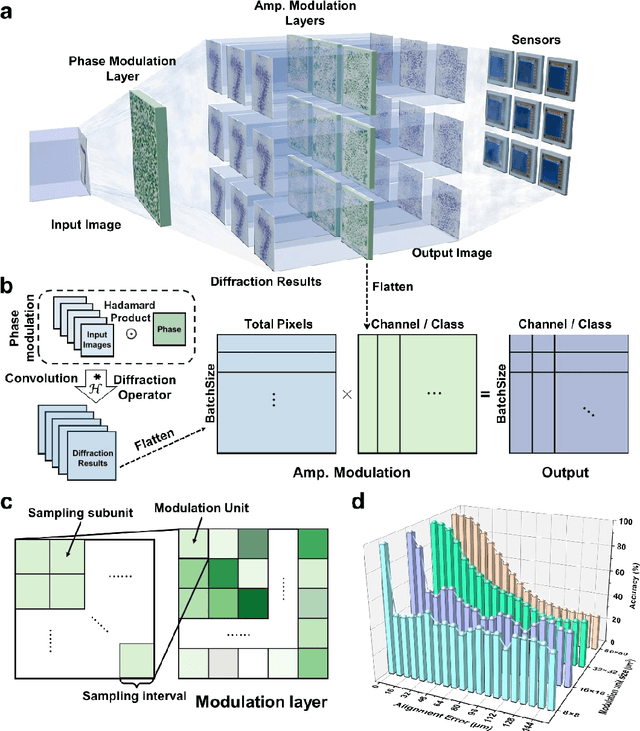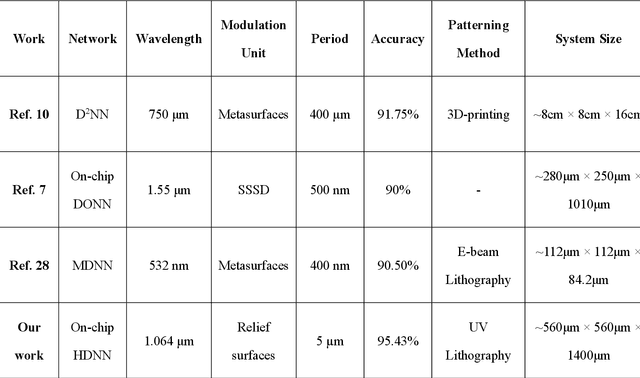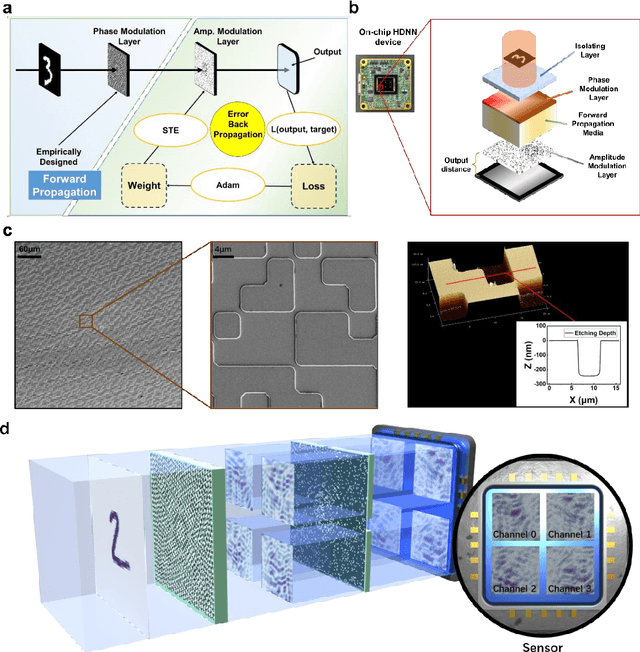Yipeng Chen
Ming-Omni: A Unified Multimodal Model for Perception and Generation
Jun 11, 2025Abstract:We propose Ming-Omni, a unified multimodal model capable of processing images, text, audio, and video, while demonstrating strong proficiency in both speech and image generation. Ming-Omni employs dedicated encoders to extract tokens from different modalities, which are then processed by Ling, an MoE architecture equipped with newly proposed modality-specific routers. This design enables a single model to efficiently process and fuse multimodal inputs within a unified framework, thereby facilitating diverse tasks without requiring separate models, task-specific fine-tuning, or structural redesign. Importantly, Ming-Omni extends beyond conventional multimodal models by supporting audio and image generation. This is achieved through the integration of an advanced audio decoder for natural-sounding speech and Ming-Lite-Uni for high-quality image generation, which also allow the model to engage in context-aware chatting, perform text-to-speech conversion, and conduct versatile image editing. Our experimental results showcase Ming-Omni offers a powerful solution for unified perception and generation across all modalities. Notably, our proposed Ming-Omni is the first open-source model we are aware of to match GPT-4o in modality support, and we release all code and model weights to encourage further research and development in the community.
RoboBERT: An End-to-end Multimodal Robotic Manipulation Model
Feb 11, 2025Abstract:Embodied intelligence integrates multiple modalities, enabling agents to understand images, language, and actions simultaneously. However, existing models always depend on additional datasets or extensive pre-training to maximize performance improvements, consuming abundant training time and expensive hardware cost. To tackle this issue, we present RoboBERT, a novel end-to-end robotic manipulation model integrated with a unique training strategy. This model utilizes a CNN-based diffusion policy, enhancing and stabilizing the effectiveness of this model by separating training processes for different modalities. It also underscores the importance of data augmentation, verifying various techniques to significantly boost performance. Unlike models that depend on extra data or large foundation models, RoboBERT achieves a highly competitive success rate while using only language-labeled expert demonstrations and maintaining a relatively smaller model size. Specifically, RoboBERT achieves an average length of 4.52 on the CALVIN benchmark for \(ABCD \rightarrow D\) task, setting a new state-of-the-art (SOTA) record. Furthermore, when tested on a real robot, the model demonstrates superior performance, achieving a higher success rate than other methods trained with the same data. We propose that these concepts and methodologies of RoboBERT demonstrate extensive versatility and compatibility, contributing significantly to the development of lightweight multimodal robotic models. The code can be accessed on https://github.com/PeterWangsicheng/RoboBERT
1-bit Quantized On-chip Hybrid Diffraction Neural Network Enabled by Authentic All-optical Fully-connected Architecture
Apr 11, 2024



Abstract:Optical Diffraction Neural Networks (DNNs), a subset of Optical Neural Networks (ONNs), show promise in mirroring the prowess of electronic networks. This study introduces the Hybrid Diffraction Neural Network (HDNN), a novel architecture that incorporates matrix multiplication into DNNs, synergizing the benefits of conventional ONNs with those of DNNs to surmount the modulation limitations inherent in optical diffraction neural networks. Utilizing a singular phase modulation layer and an amplitude modulation layer, the trained neural network demonstrated remarkable accuracies of 96.39% and 89% in digit recognition tasks in simulation and experiment, respectively. Additionally, we develop the Binning Design (BD) method, which effectively mitigates the constraints imposed by sampling intervals on diffraction units, substantially streamlining experimental procedures. Furthermore, we propose an on-chip HDNN that not only employs a beam-splitting phase modulation layer for enhanced integration level but also significantly relaxes device fabrication requirements, replacing metasurfaces with relief surfaces designed by 1-bit quantization. Besides, we conceptualized an all-optical HDNN-assisted lesion detection network, achieving detection outcomes that were 100% aligned with simulation predictions. This work not only advances the performance of DNNs but also streamlines the path towards industrial optical neural network production.
 Add to Chrome
Add to Chrome Add to Firefox
Add to Firefox Add to Edge
Add to Edge